38 nutrient requirements that are listed as percentages on food labels
Daily Value on the New Nutrition and Supplement Facts Labels Feb 25, 2022 · For example, if the DV for a certain nutrient is 300 micrograms (mcg) and a packaged food or supplement has 30 mcg in one serving, the %DV for that nutrient in a serving of the product would be 10%. Join LiveJournal Password requirements: 6 to 30 characters long; ASCII characters only (characters found on a standard US keyboard); must contain at least 4 different symbols; at least 1 number, 1 uppercase and 1 lowercase letter; not based on your username or email address. Learn more here. Password confirm . Birthday: Required by law. Only month and day are displayed by default. I am: By …
Lifestyle | Daily Life | News | The Sydney Morning Herald The latest Lifestyle | Daily Life news, tips, opinion and advice from The Sydney Morning Herald covering life and relationships, beauty, fashion, health & wellbeing

Nutrient requirements that are listed as percentages on food labels
Vitamin D - Health Professional Fact Sheet - National Institutes of … The labels must list vitamin D content in mcg per serving and have the option of also listing the amount in IUs in parentheses. Foods providing 20% or more of the DV are considered to be high sources of a nutrient, but foods providing lower percentages of the DV also contribute to a healthful diet. ** Vitamin D is in the yolk. Nutrient - Wikipedia A nutrient is a substance used by an organism to survive, grow, and reproduce. The requirement for dietary nutrient intake applies to animals, plants, fungi, and protists.Nutrients can be incorporated into cells for metabolic purposes or excreted by cells to create non-cellular structures, such as hair, scales, feathers, or exoskeletons.Some nutrients can be metabolically … Understanding Food Labels - The Nutrition Source However, all the numbers, percentages, and sometimes complex-sounding ingredients can lead to more confusion than clarity. This guide will help you to navigate the terminology and nutrition information on a food package to ensure that you know what you’re buying. The Nutrition Facts Label. The Nutrition Facts label is overseen by the U.S. Food and Drug Administration (FDA) …
Nutrient requirements that are listed as percentages on food labels. Vitamin K - Health Professional Fact Sheet - National Institutes of … This is a fact sheet intended for health professionals. For a reader-friendly overview of Vitamin K, see our consumer fact sheet on Vitamin K.. Introduction "Vitamin K," the generic name for a family of compounds with a common chemical structure of 2-methyl-1,4-naphthoquinone, is a fat-soluble vitamin that is naturally present in some foods and is available as a dietary supplement []. Iron - Health Professional Fact Sheet - National Institutes of Health Several food sources of iron are listed in Table 2. Some plant-based foods that are good sources of iron, ... FDA requires food labels to list iron content. Foods providing 20% or more of the DV are considered to be high sources of a nutrient, but foods providing lower percentages of the DV also contribute to a healthful diet. The U.S. Department of Agriculture’s (USDA’s) FoodData Central ... CODEX GUIDELINES ON NUTRITION LABELLING - Food and … There are a number of ways of presenting such information that may be suitable for use on food labels. 4.2 The use of supplementary nutrition information on food labels should be optional and should only be given in addition to, and not in place of, the nutrient declaration, except for target populations who have a high illiteracy rate and/or comparatively little knowledge of nutrition. CFR - Code of Federal Regulations Title 21 - Food and Drug ... Jul 20, 2022 · Declaration of the nutrient and food component content of foods that are packed in liquid which is not customarily consumed shall be based on the drained solids. (10) Another column of figures may be used to declare the nutrient and food component information: (i) Per 100 g or 100 mL, or per 1 oz or 1 fl oz of the food as packaged or purchased;
eCFR :: 21 CFR 101.9 -- Nutrition labeling of food. (ii) Aggregate displays shall comply with the format requirements of paragraph (d) of this section to the maximum extent possible, except that the identity of each food shall be specified immediately to the right of the “Nutrition Facts” heading, and both the quantitative amount by weight (i.e., g/mg/mcg amounts) and the percent Daily Value for each nutrient shall be listed in … Food Labeling: Nutrient Content Claims; Definition of Term “Healthy” 29/09/2022 · Consumers rely on food labels when navigating the marketplace to make informed choices about the foods that are the foundation of a nutritious diet for both themselves and members of their families. FDA plays an important role in ensuring labels of food for human consumption are accurate, truthful, and not misleading, including claims that appear in product … Understanding Food Labels - The Nutrition Source However, all the numbers, percentages, and sometimes complex-sounding ingredients can lead to more confusion than clarity. This guide will help you to navigate the terminology and nutrition information on a food package to ensure that you know what you’re buying. The Nutrition Facts Label. The Nutrition Facts label is overseen by the U.S. Food and Drug Administration (FDA) … Nutrient - Wikipedia A nutrient is a substance used by an organism to survive, grow, and reproduce. The requirement for dietary nutrient intake applies to animals, plants, fungi, and protists.Nutrients can be incorporated into cells for metabolic purposes or excreted by cells to create non-cellular structures, such as hair, scales, feathers, or exoskeletons.Some nutrients can be metabolically …
Vitamin D - Health Professional Fact Sheet - National Institutes of … The labels must list vitamin D content in mcg per serving and have the option of also listing the amount in IUs in parentheses. Foods providing 20% or more of the DV are considered to be high sources of a nutrient, but foods providing lower percentages of the DV also contribute to a healthful diet. ** Vitamin D is in the yolk.

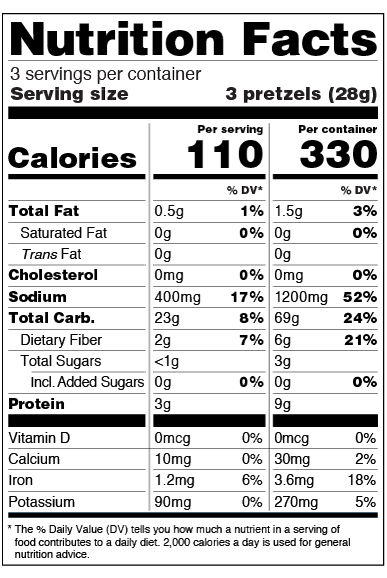
:no_upscale()/cdn.vox-cdn.com/uploads/chorus_asset/file/6519377/usda-nutrition-labels-michelle-obama.0.png)
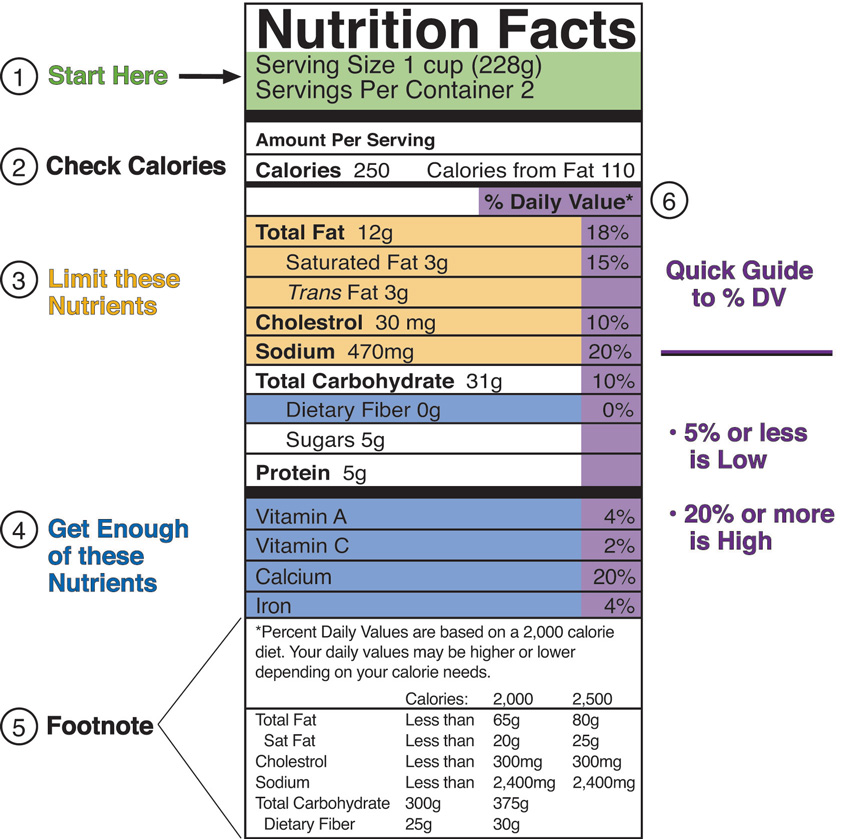
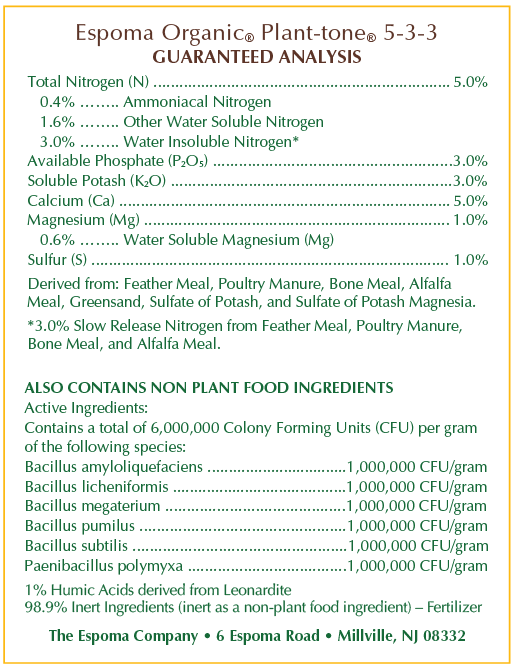






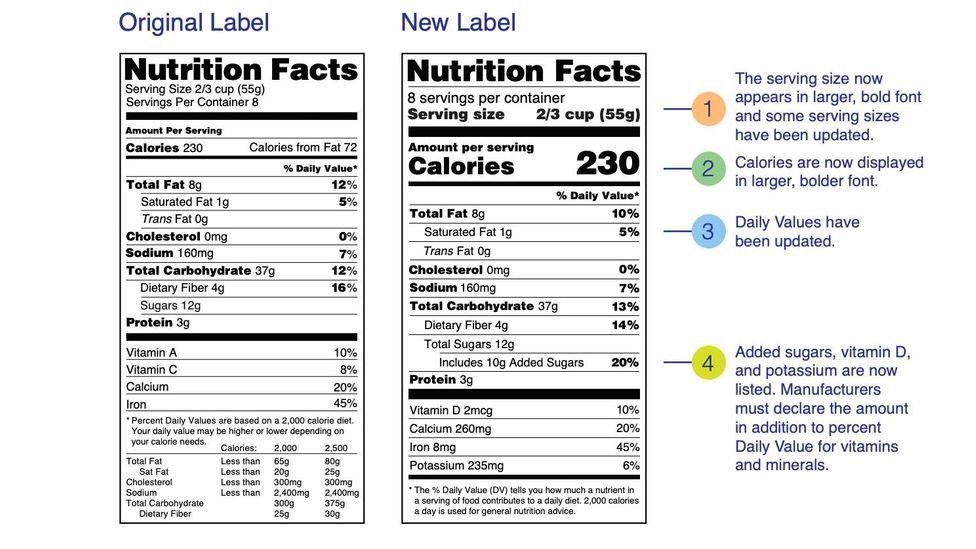
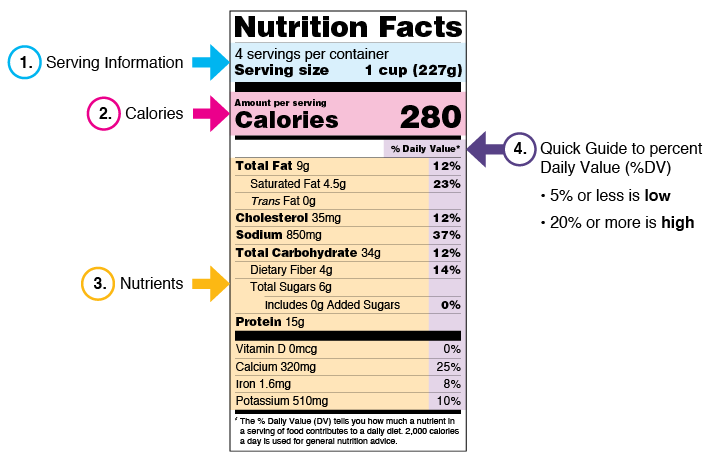

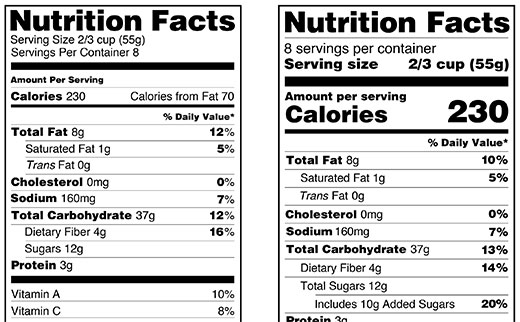
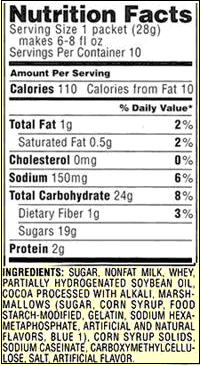
/Untitled-design-1--5755c3703df78c9b46903dab.jpg)
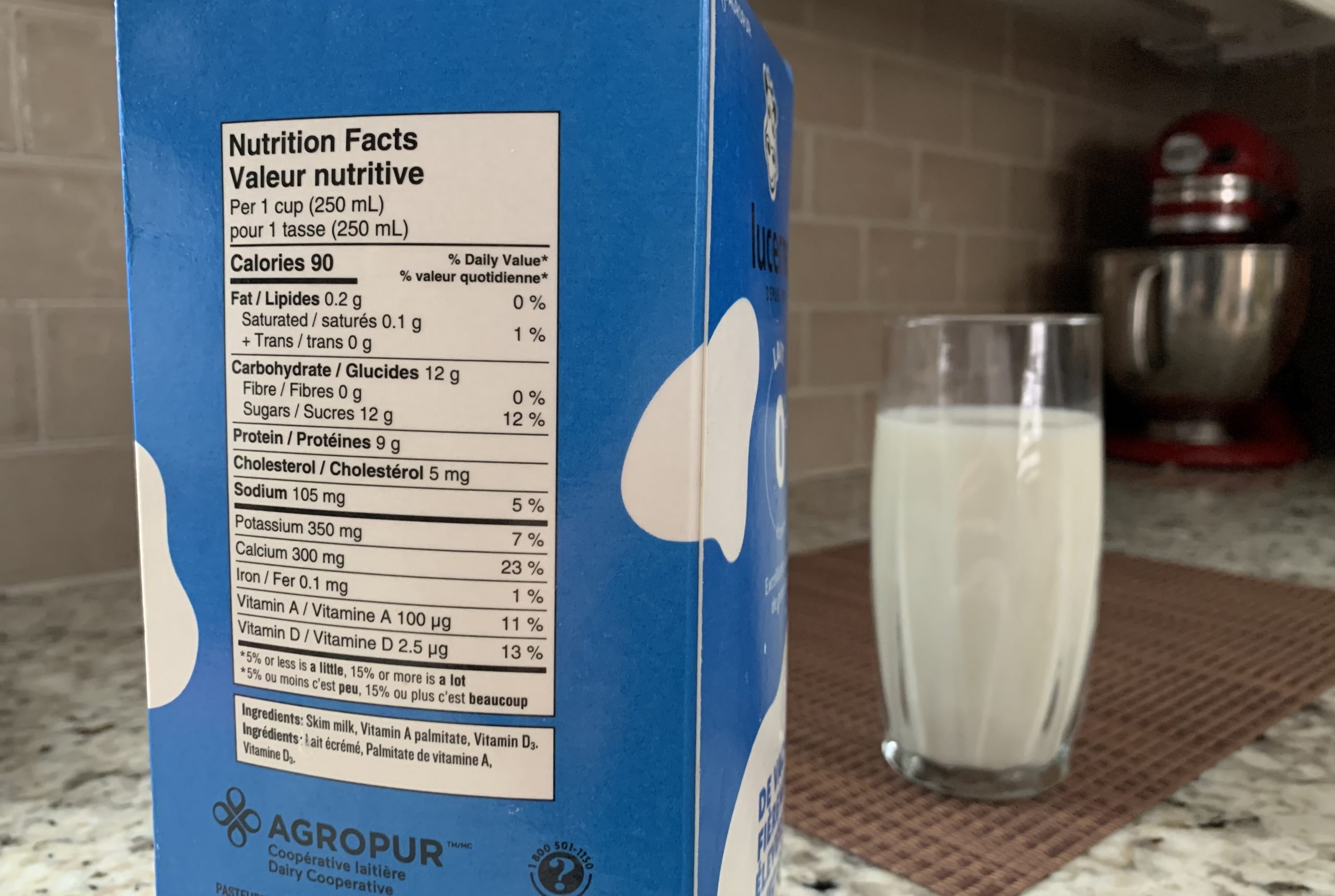

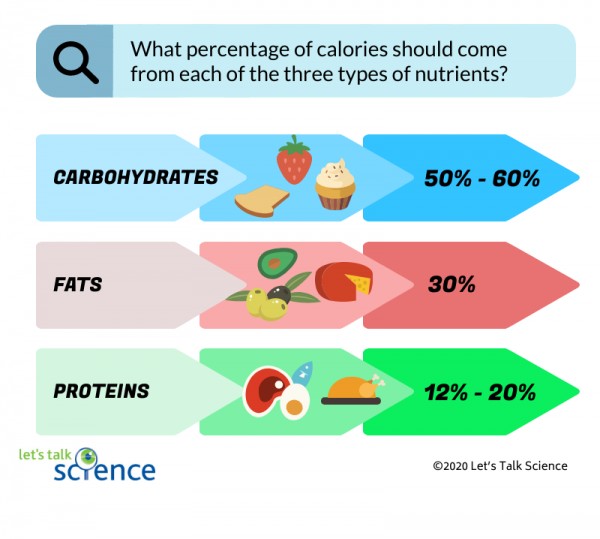
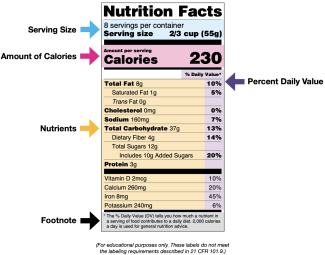
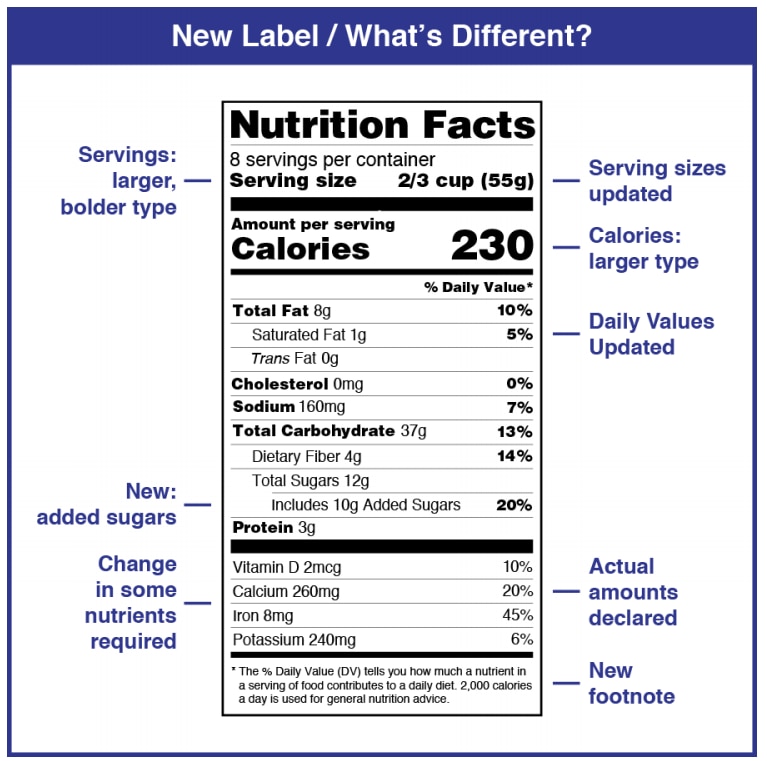
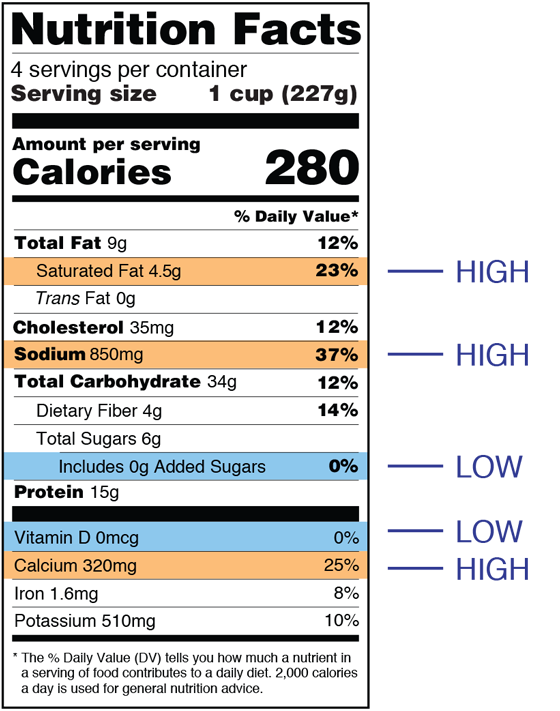



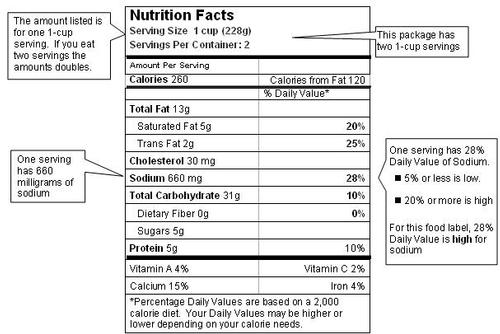


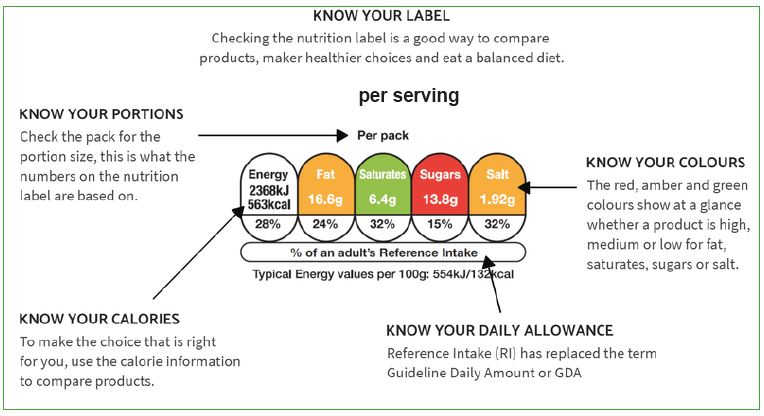

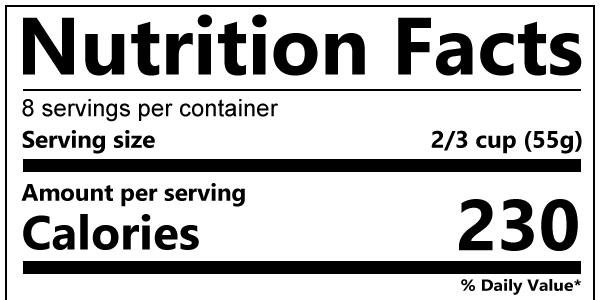

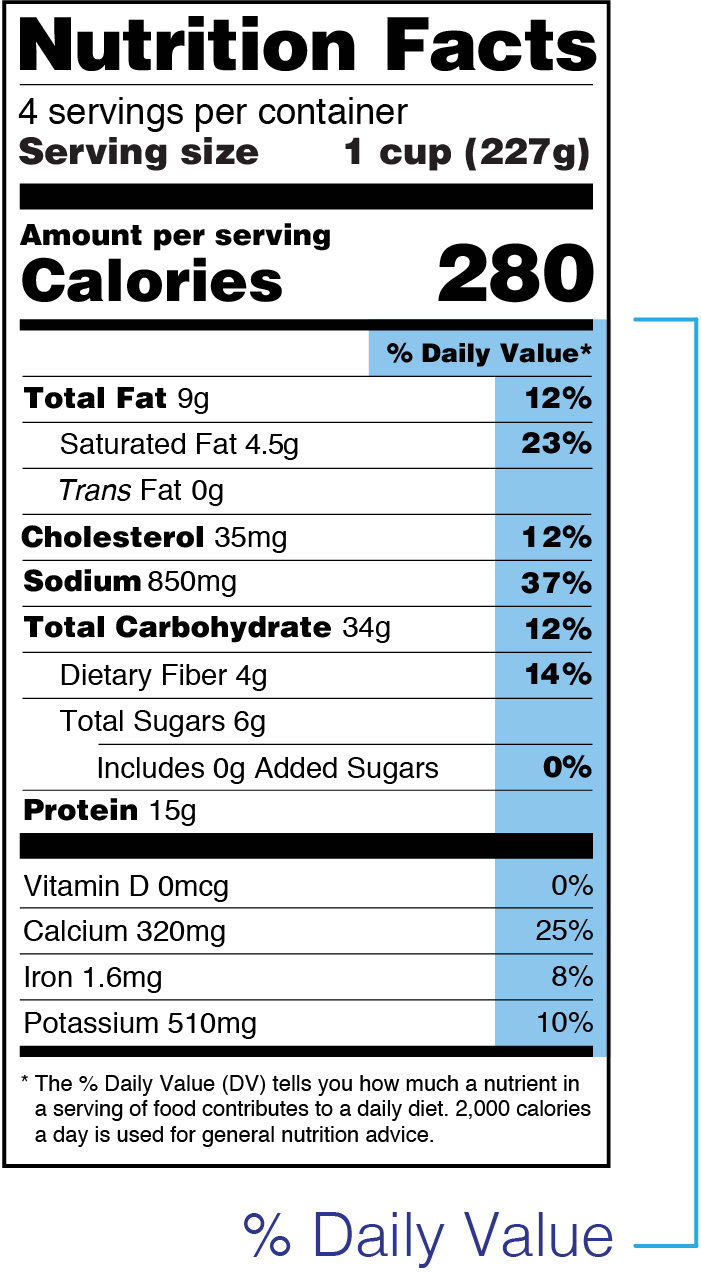


Post a Comment for "38 nutrient requirements that are listed as percentages on food labels"